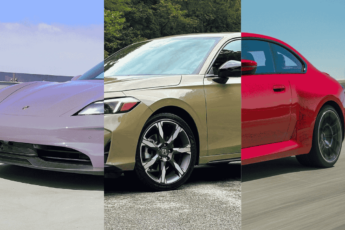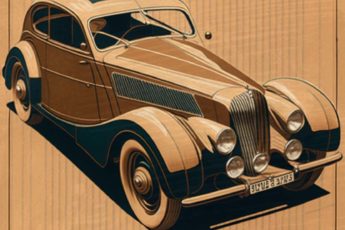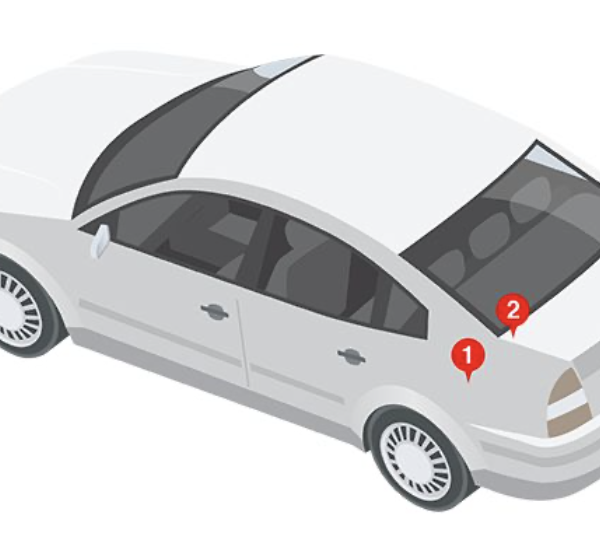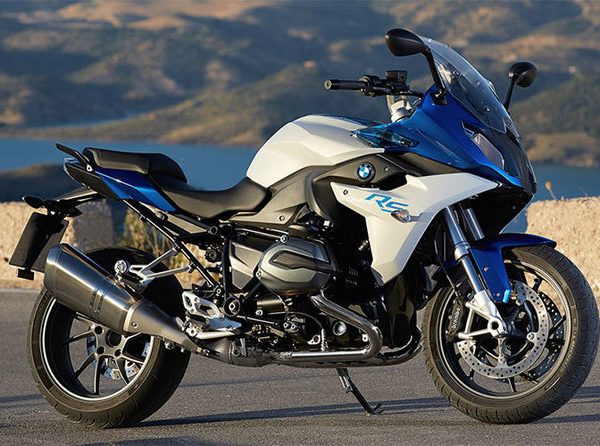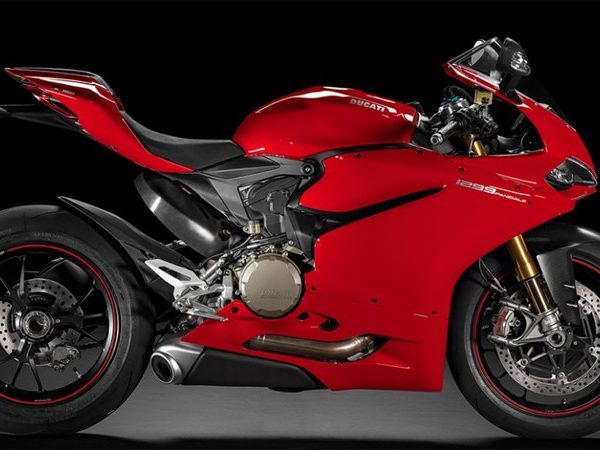5 More Interesting Car Facts
You won’t be surprised to know that we find everything about cars fascinating. From history to mechanics to paint, we’re simply obsessed. It’s been far too long since we’ve put on our professor’s cap and given you some fun trivia about our favorite subject. Last time, we covered things like the first speeding ticket and how fast an air bag moves. What will you learn today? Let’s find out! Here are 5 more incredible car facts.
When Was the First Electric Car Produced?
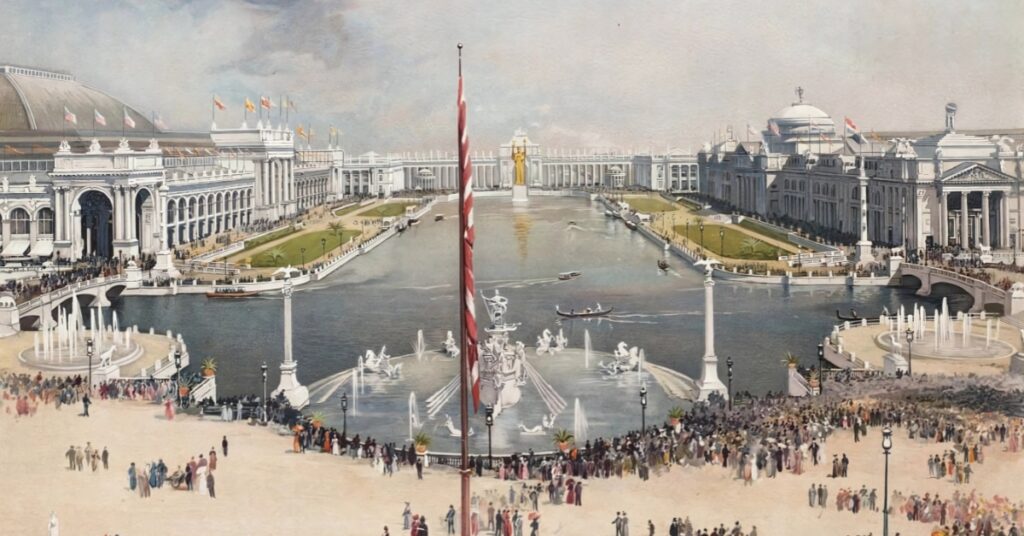
Believe it or not, you’ll have to go all the way back to the 1800s to find the very first electric cars. Well…more like electric carriages and trains. In the 1820’s & 30’s, visionaries in Hungary, Scotland, and the Netherlands each came up with an electric powered carriage. There are many reasons these particular experiments did not evolve into something greater, like not having rechargeable batteries (Robert Anderson), railway workers worried about their jobs destroying your machine (Robert Davidson), dying (Sibrandus Stratingh) or just plain not telling anyone for decades that you made an incredible electric motor that will still work in 2025 ( Ányos Jedlik). Rechargeable batteries came around in the 1840s. In 1893, Iowa chemist William Morrison wowed the 1893 Chicago World’s Fair with his electric motorcar. It went a whopping 24 MPH with a horsepower of 4. You simply needed to recharge the batteries every 50 miles. While crude, these experiments marked the beginning of something incredible.
When Did Airbags and Seat Belts Become Mandatory In Cars?
The history of these two safety measures are deeply intertwined with each other. While the first seatbelt patent was granted in 1885, it took until the 1960s for car companies to update their cars with these safety measures. Consumer advocate Ralph Nader’s expose, Unsafe at Any Speed, revealed that American car companies’ refusal to put safety features like the seat belt meant that those cars were highly dangerous to operate. This exposé led to the GM hiring private detectives and prostitutes so they could dig up and fabricate blackmail material on Nader. These tactics were deeply unsuccessful. The bestselling book and eventual exposure of GM’s tactics (Nader sued them and won), led to Congress passing the National Traffic and Motor Vehicle Safety Act. This required American car companies to put seatbelts in their vehicles. The law didn’t, however, require that people actually wear those seatbelts with only about 25% of Americans doing so. So how could they keep American drivers alive?
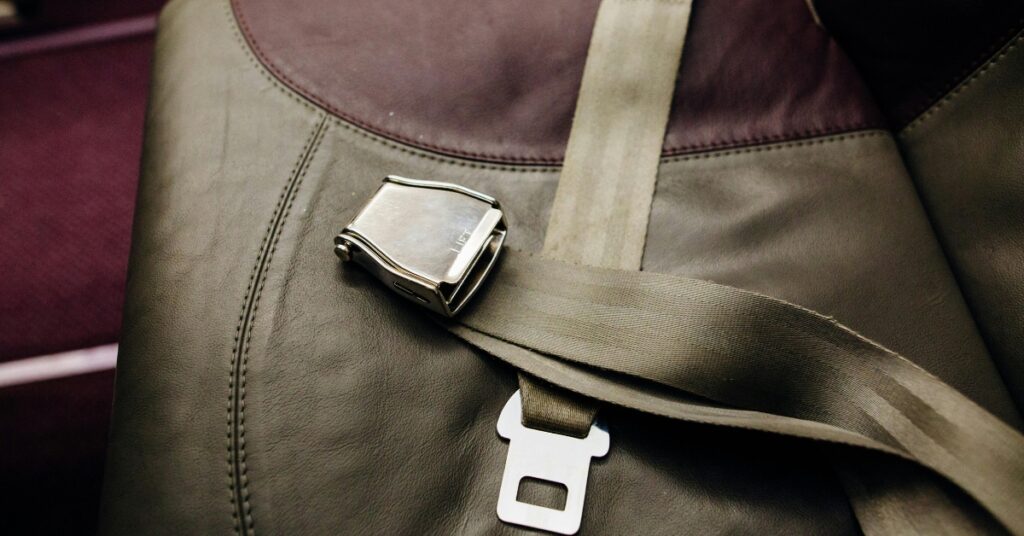
Nader’s book also speculated on the stagnated development of the air bag. He theorized that the air bag and seat belt together could save millions of lives. But since no one was compelling drivers to wear their seatbelts, car companies realized that this invention could save lives. Initially, air bag technology was not great and could cause serious injury to smaller framed people and children. But the technology improved and by the time they became required in 1991 (a separate law in 1997 required them in passenger cars), it was already an industry standard. Gradually, states started instituting seat belt laws to the point that New Hampshire is the only state in the US that does not require adults to wear a seat belt in a car. Nader’s speculation was correct. Together, these measures have saved countless lives.
What Car Brand Has Its Own City?

Meet Toyota’s Woven City. Located on the former site of Toyota’s legendary Higashi-Fuji plant, the city is billed as a “mass human experiment” that would “pilot experiments and innovations that will propel society forward”. What does this mean? The city is intended to house researchers and businesses that work on technology like automated driving, robotics, artificial intelligence and more. Its dedication to personal mobility tech is literally built into the city with three different kinds of roads: one for automated driving, one for pedestrians, and one for personal mobility vehicles. Powered by hydrogen fuel cells, the Woven City is estimated to cost billions to build. This “living laboratory” broke ground in 2021 and is expected to welcome its first residents in 2025.
What Was the Last Car to Offer a Cassette Tape Deck?
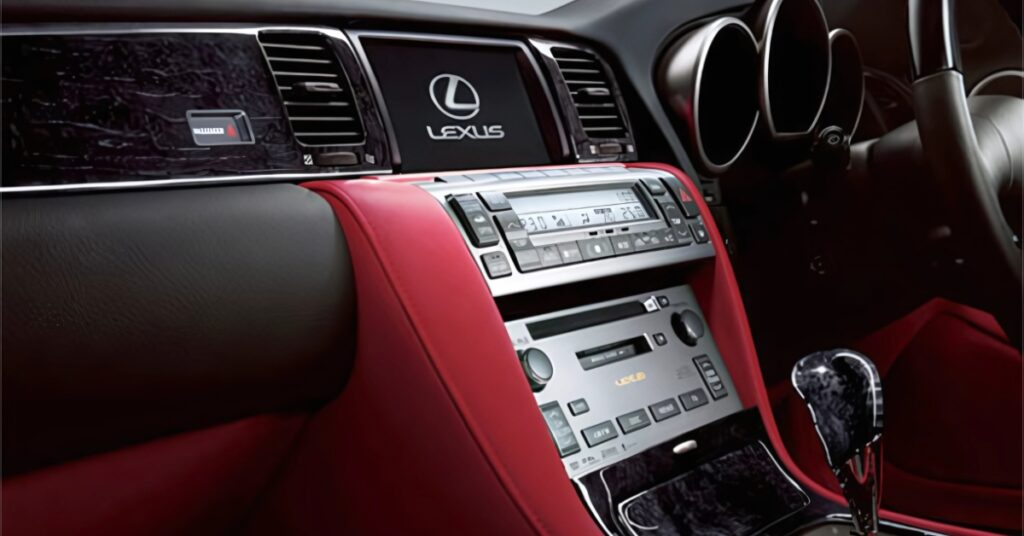
Oh cassette tape deck…you gave us decades of rocking out to rad music and music that was less rad. We look back on you in nostalgia, having lost you all the way back in…2010? That can’t be right. We were almost done with CD players by then. It’s hard to believe but true. The resilient cassette tape deck managed to hold on all the way through the aughts and saw the dawn of the ‘10s. Introduced in the late ‘60s, the cassette tape deck made its last appearance as a standard option on the 2010 Lexus SC 430. However, it was an option on the Ford Crown Victoria right up until the Crown Vic was discontinued in 2011. Take heart in the fact that The CD player lives on, with Nissan, Subaru, Lexus, Mazda, Toyota, and Cadillac all offering the feature in 2024.
What is the Bestselling Car in History?
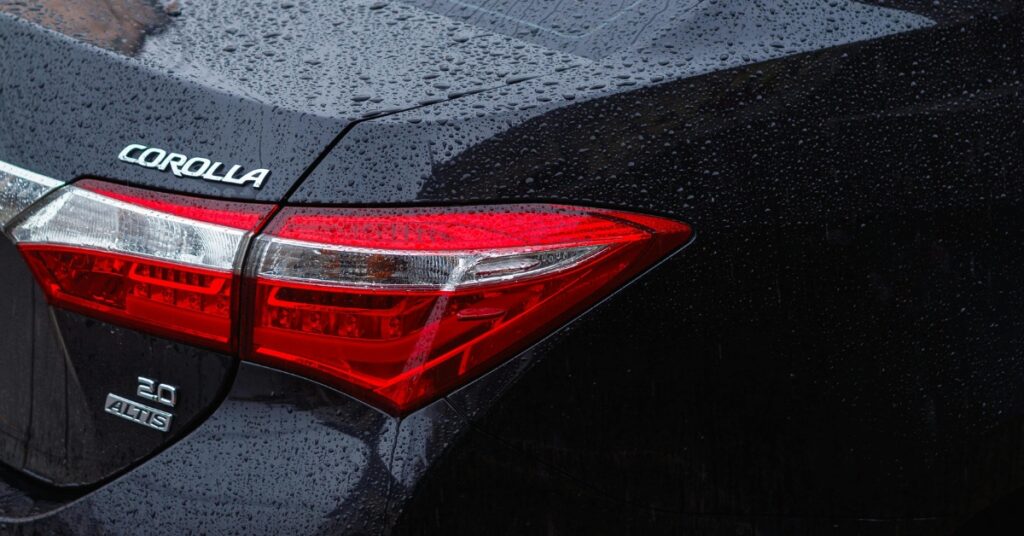
Much like the identity of the first electric car, this is a question with a lot of answers. We have 4 contenders: The Ford Model T, the Lada “Classic”, the Volkswagen Beetle, and the Toyota Corolla. The Ford Model T definitely had the title once. The Tin Lizzie, as it was called, was produced from 1908 to 1927. Widely acknowledged as the first mass produced car in history, the Model T sold 16.5 million units over almost 20 years. They held that record until 1972, when the Volkswagen Beetle finally broke it. By 2003, the Beetle had produced and sold 21.5 million units. Known in the West as the Lada, the VAZ-2101, dominated the Easter Bloc countries during the Cold War. The Lada had great longevity as well, with its production running from 1970 to 2012. These records are all pipped by the Toyota Corolla, who started production in 1966 and have sold a whopping 50 million cars. It only took them 8 years to become the bestselling car worldwide. In 1991, it claimed the crown of the bestselling car of all time. However…this is where it gets a little thorny. The Corolla has changed wildly over the decades, with the nameplate being attached to a range of vehicles that differ drastically. While the Lada and Beetle made updates, they did not make substantial changes to the design of their models. The question of the bestselling car in history hinges on a technicality: Do all of those 50 million Corollas really count as Corollas?

 Cart
Cart
 Help Desk
Help Desk
